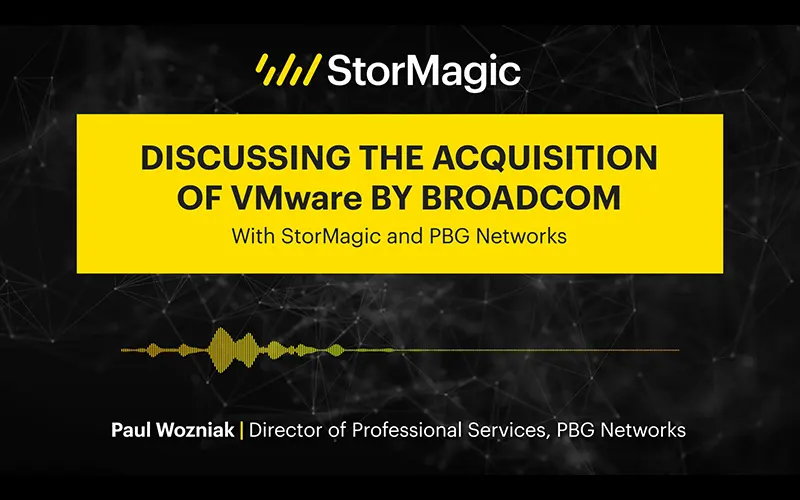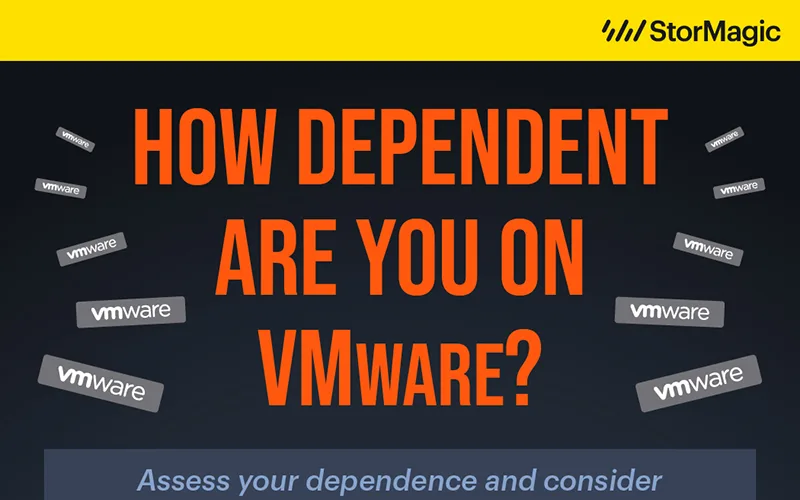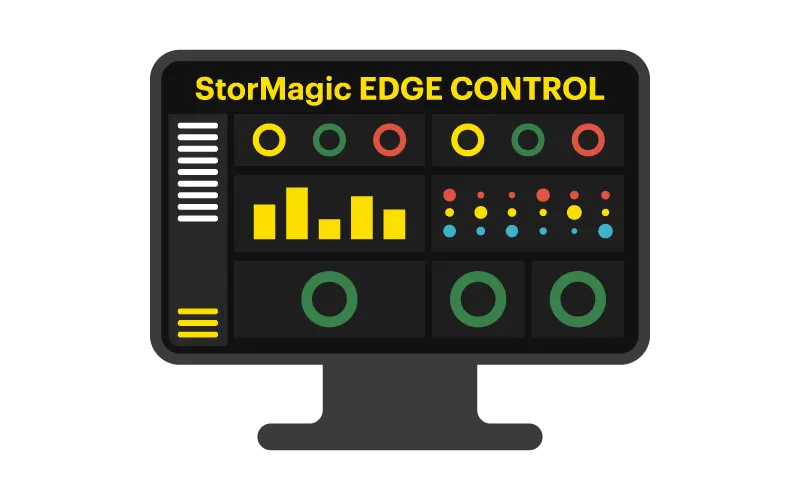By Luke Pruen, Technical Services Director at StorMagic
StorMagic has a major focus on edge computing with SvSAN. The product has truly been developed with the challenges of remote management and functional requirements in mind. A key component of this is reducing the amount of hardware required at an edge location where SvSAN can start with just 2 nodes to achieve storage high availability, allowing customers to leverage more advanced features like virtual machine HA, VMotion aka Live Migration etc in hypervisors like VMware vSphere and Microsoft Hyper-V.
A key component in StorMagic’s SvSAN 2-node configuration is the witness. The witness is required to prevent a well-known condition called split brain that can lead to data loss or corruption. If you imagine 2 nodes mirroring their storage for availability but they lose connectivity to each other, how do you prevent different sets of data being written to either side. Allowing this to happen would result in a different data set on each host, and once connectivity is restored, how do the hosts know what data is good and what is bad? The most logical approach is to introduce a third point of contact that can be used as a quorum and an election to be held. The result of the election is that one of the nodes will prevent access to its storage to prevent any change hence avoiding the possibility of inconsistent data sets.

Using a witness for this purpose is not revolutionary, but the location of such a witness can be challenging at the edge. It generally requires a third piece of hardware to host the witness because of resource, bandwidth or latency requirements.
Did I mention that StorMagic SvSAN specifically looks to address edge requirements? SvSAN’s witness characteristics have taken all these challenges into account with the aim to provide the most flexible witness in the industry.
Remote witness flexibility:
The real magic is the ability to detach the witness from an edge location and centralise it, but the issue is that connections can have limited bandwidth and experience high latency. To overcome these challenges a SvSAN witness has the following characteristics:
- Requires 9kbs bandwidth from a remote SvSAN cluster to the witness
- Can sustain up to 3,000ms RTT
- Sustain up to 20% packet loss
- 1:1000 remote clusters – yes, a single witness can support up to 1,000 locations!
Deployment options and resource requirements:
Every environment is different and has unique requirements. With this in mind it is possible to deploy the SvSAN witness to:
- A Windows Server OS where the witness runs as a lightweight service
- A vCenter server; Windows or vCSA
- A dedicated witness VM that resides on a virtual infrastructure
- 1GHz vCPU
- 1GB Memory
- RaspberryPi
- Linux Debian OS

It is clear that SvSAN’s witness is very flexible and looks to address edge requirements providing customers with the ability to reduces hardware footprint, resource requirements and the number of endpoints that require management. The witness provides massive scalability supporting either a single edge site or 1,000s.
If you’d like to find out more about the role of the remote witness, check out our white paper: “SvSAN stretched clusters & remote NSH network requirements“.




